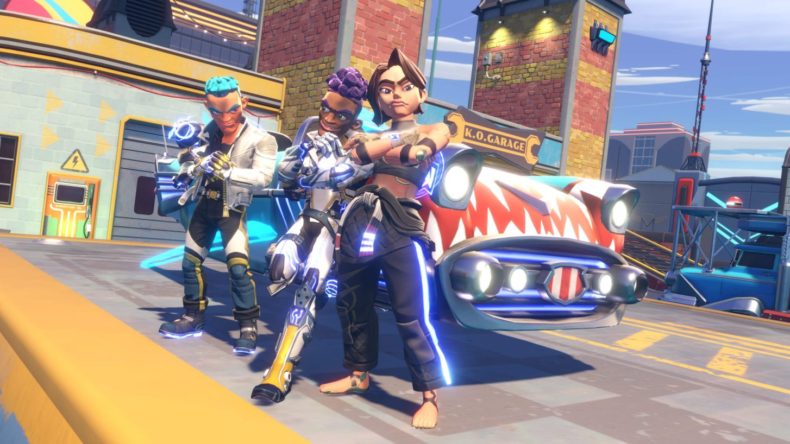Velan Studios: “We knew that if they got their hands on it, they’d love it” | Knockout City Interview
It’s a confusing thing to start a Knockout City interview with, but it’s “Vellan” or “Veylan”, not “Veeelan”, ok? I start there because Jeremy Russo and Karthik Bala of “Velan Studios” seem a relaxed pair. Friendly, happy to have a laugh, and part of a company that clearly loves the games they make.
“We started Vicarious Visions in 1991,” explains Bala, “when we were in high school, and we ran that for 25 years, and on the 25th anniversary we left. So we started Velan Studios at the end of 2016, and so we’re coming up on five years, which is amazing… time flies.”
“Our whole goal and mission was to create new kinds of experiences, or what we feel like could be breakthrough experiences that feel like magic,” Bala continues. “The play-feel, and how a game feels; that’s what the studio is about.”
Knockout City interview: Creative Risks
And this checks out, because before Knockout City, Velan made Mario Kart Live: Home Circuit, which is unique, but really not something you’d expect from the people who made Knockout City. Bala explains: “We wanted to take creative risks, and do things that other people are not doing… we want to build an awesome core team and let them go find the magic in something new that they’re really passionate about, so that’s a crazy business plan, and it’s very high trust. And then we figure out how we build it; how do we go to market; who are the right partners, and that sort of thing. Then once we’ve built it: evolve it with the player community.”
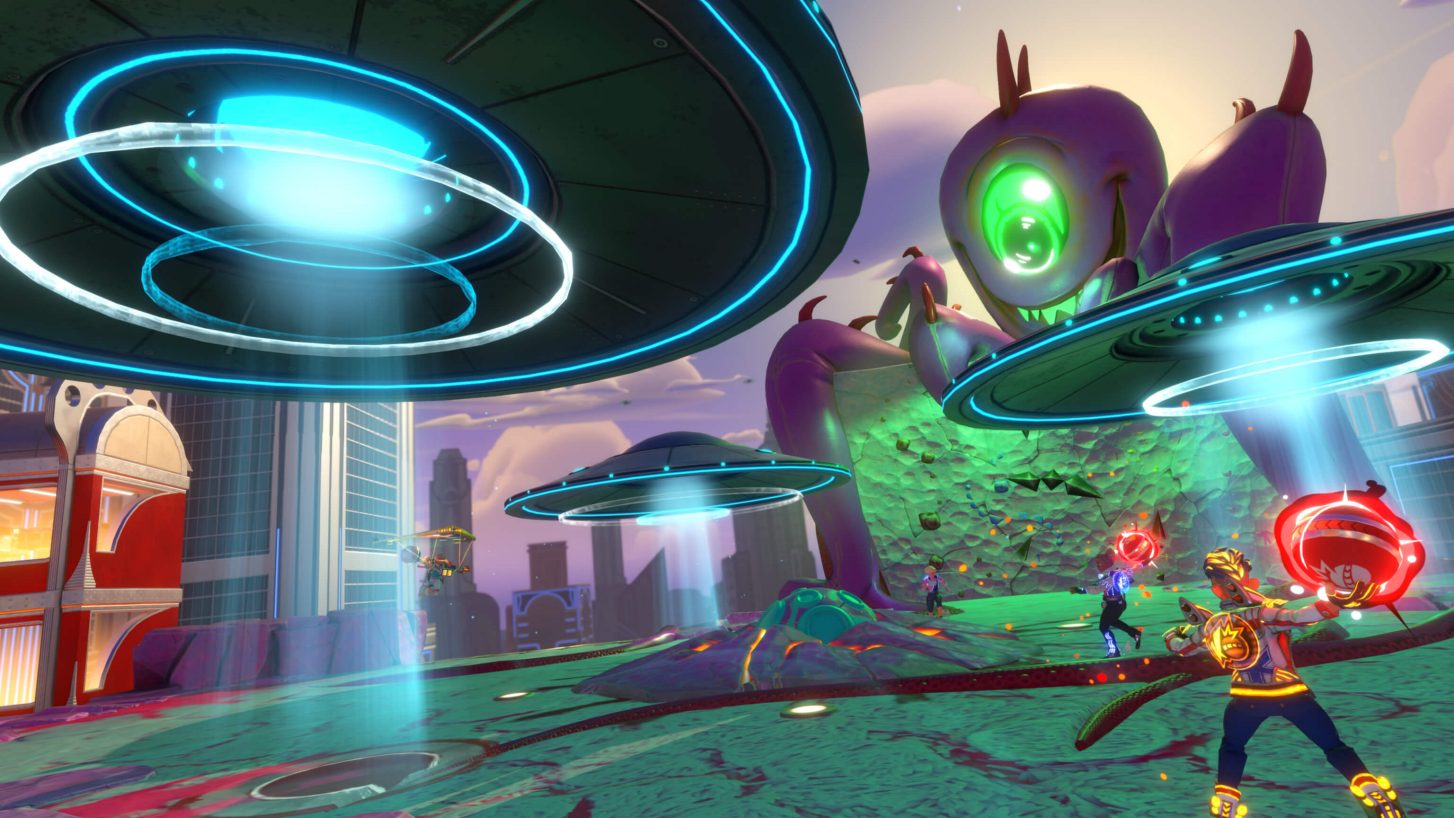
Russo, the game director, explains finding that magic: “There was a small group of people that was very passionate about multiplayer competitive games. We played tons of fighting games, shooters; and that nugget of an idea of ‘What if Dodgeball was a third-person shooter?’ was just so intriguing, we got to work on that game-feel of throwing and catching, and just getting that back and forth rally.”
Dodgeball and mechanics
“Once we iterated on that, and found the fun in that, we’re like: this is a whole game, this is great, and so we started to build up a team around this idea of like minded individuals who are all very passionate about it. We spent years building out a team and building out that game and it’s so great to see it go from that nugget of an idea, to something that felt magical and felt great, and then exploding it out to a full size game that’s now live.”
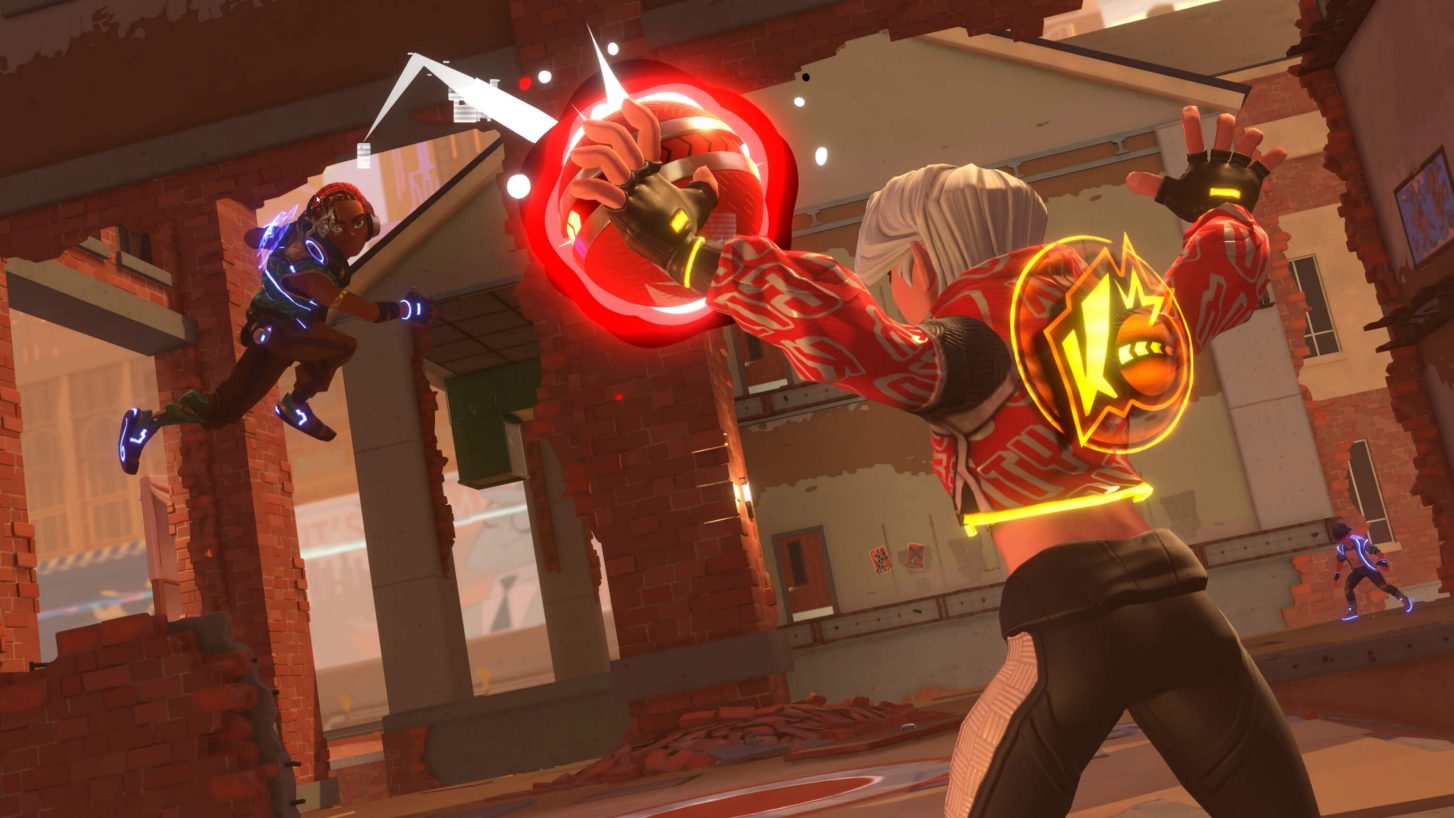
Dodgeball, or Dodgebrawl is a genre that’s not hugely well represented, and really aside the likes of Stikbold which is really just Dodgeball-adjacent, it’s hard to think of too many games that come to mind. The thing is, this was never really even about Dodgeball, Russo explains: “Actually, if someone had said, ‘Let’s make a Dodgeball game!’ it wouldn’t have happened. When you say that, the thing that immediately goes into your head is a court with two sides, and doing a sports-sim. The thing that got people excited was a third-person shooter but with Dodgeballs.”
Knockout City interview: prototyping the game
It really does seem as though mechanically, things just had to be right, and Bala jumps in to add some thoughts on prototyping Knockout City: “Trying to get the feel of just throwing and catching took forever. It seemed so simple: throwing and catching a ball, and getting that to feel really good, and having it work as a rally back and forth. But there was a lot of counter-intuitive answers to making that work. In a shooter you try and stay out of each other’s way and try and get the jump on the opponent. Here, the fun is actually in the face-off, in the rally; getting close up and going back and forth until somebody flinches and messes up. It has to be highly skill-based and not random.”
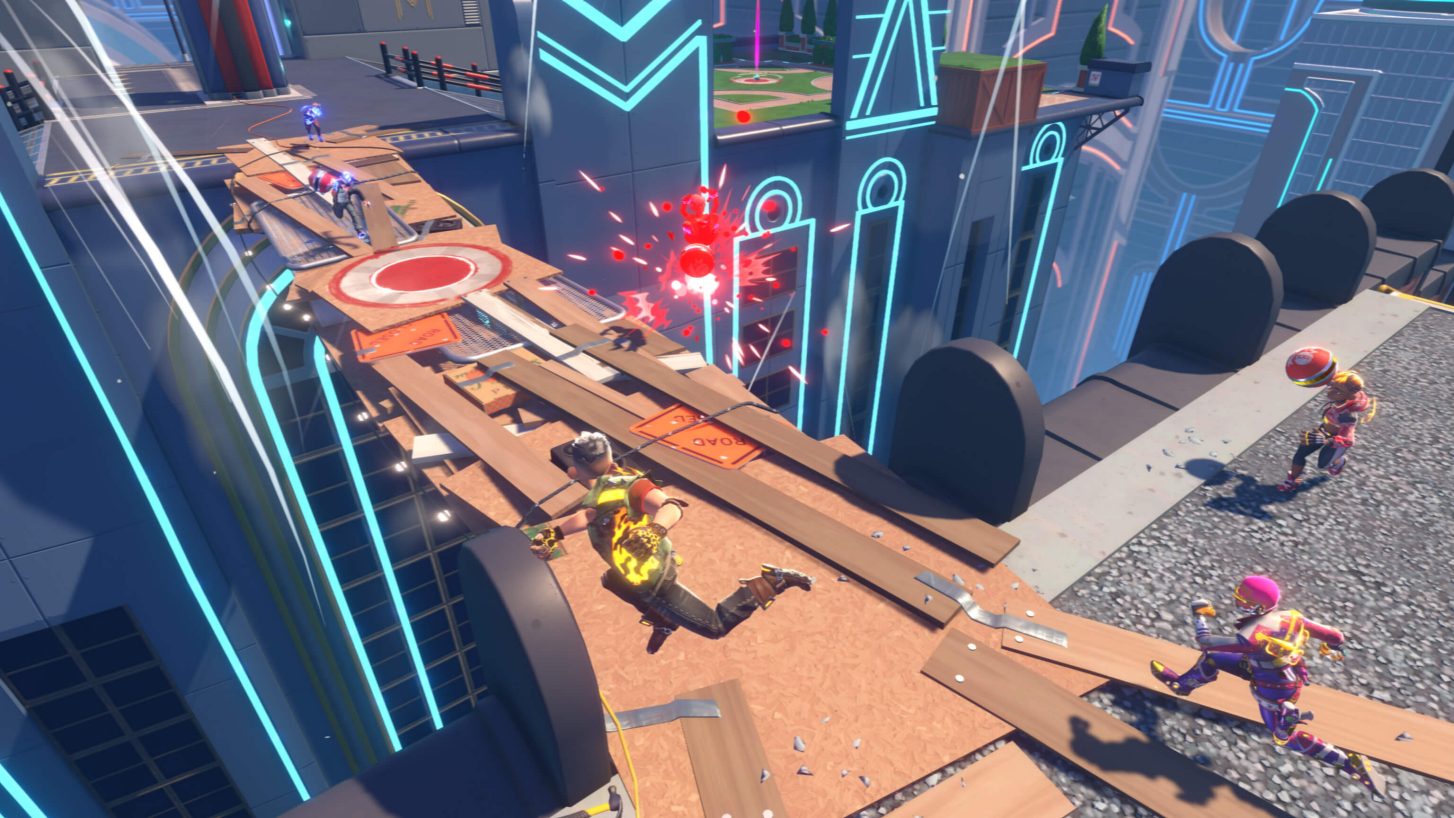
Something that fascinated me came from the lead up to our interview. I hadn’t played on PC, only on consoles, and I wondered about mouse & keyboard controls. Most people will say that shooters play better with mouse and keys, but after trying Knockout City on PC, it might be the outlier. “It’s not about aiming and position of the player, it’s about timing and position of the player”, explains Bala. “This allows us to keep the skill, but makes it more accessible for pick up and play. The game does what you intend it to do, and you get choices in terms of what type of throw you want to do, and so on, but that lowered the barrier to entry considerably.” Data wise, Russo explained that, even with cross-play, “you really can just choose your personal preference, but so far the data isn’t showing there’s any distinct advantage to any control scheme. There certainly advantages to both, but this allows cross-play to be really fun and you don’t feel cheated in any way.”
How to describe Knockout City?
Getting people to play a new game is always difficult, and especially with something so unique. “We had a really hard time, even in early testing, to try and describe the game. It’s all about the play-feel, and playing is believing,” Bala continues. And he’s right, because while people might see it in action, they may not fall in love with it, but when they play it, I’ve yet to find someone who didn’t think it was enjoyable. Bala agrees, “We knew that if they got their hands on it, they’d love it.” Again, that scary business model rears its head, Bala laughs, and just says, “Hey, being indie and trying to do something unique!”
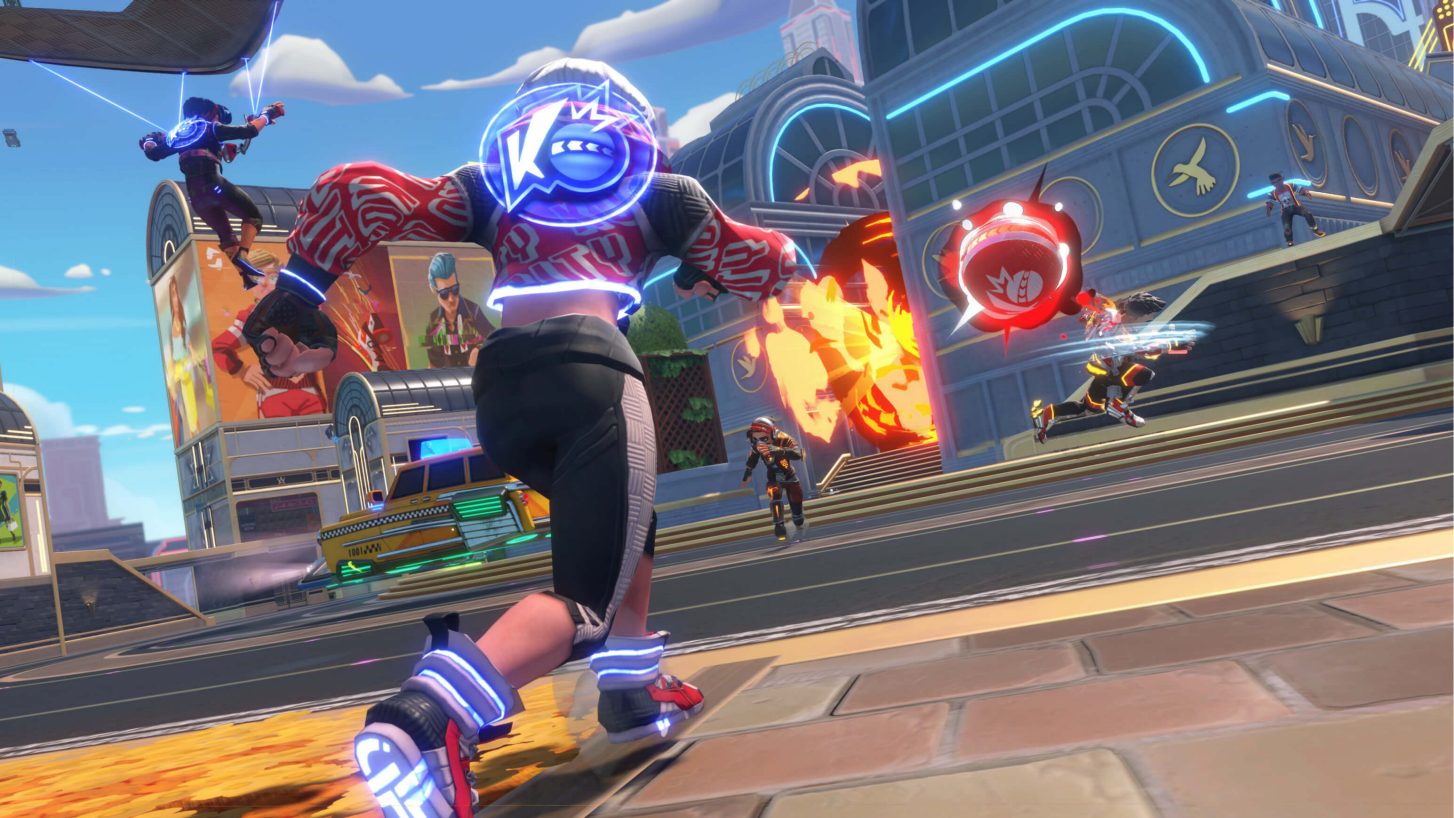
Season two brings in a new ball in the form of the Soda Pop ball. An in-game brand name Boba Cola distilled into a ball that you can activate and slowly fizzes up until it explodes and covers the screen of the target. “I’ve loved seeing all the community members that are making their own Boba Cola,” says Russo, “and just our obsession with that, when we were talking about different ball types, we always had this idea that would maybe splat on you and cover your character, and other players would see that and have a reason to go after you.”
Painting the target with soda
So that’s where the idea comes from, and it adds a layer to the gameplay that makes individual players a major target. “When your screen is covered in sticky soda, you start to communicate with your team-mate,” says Russo. “And they get close and tell you to ball-up, and even if you’re not on voice chat, you see someone with soda all over of them, so hit that ‘ball up’ emote.”
Bala is equally excited, offering up some tips: “It adds this emergent play, where actually you want to go right into a ball and be the surprise ammo. Or, pick up your team-mate and throw them away so they can fast travel across the map, and it gives them the extra time for the soda to wipe off, and they can then come from behind.”
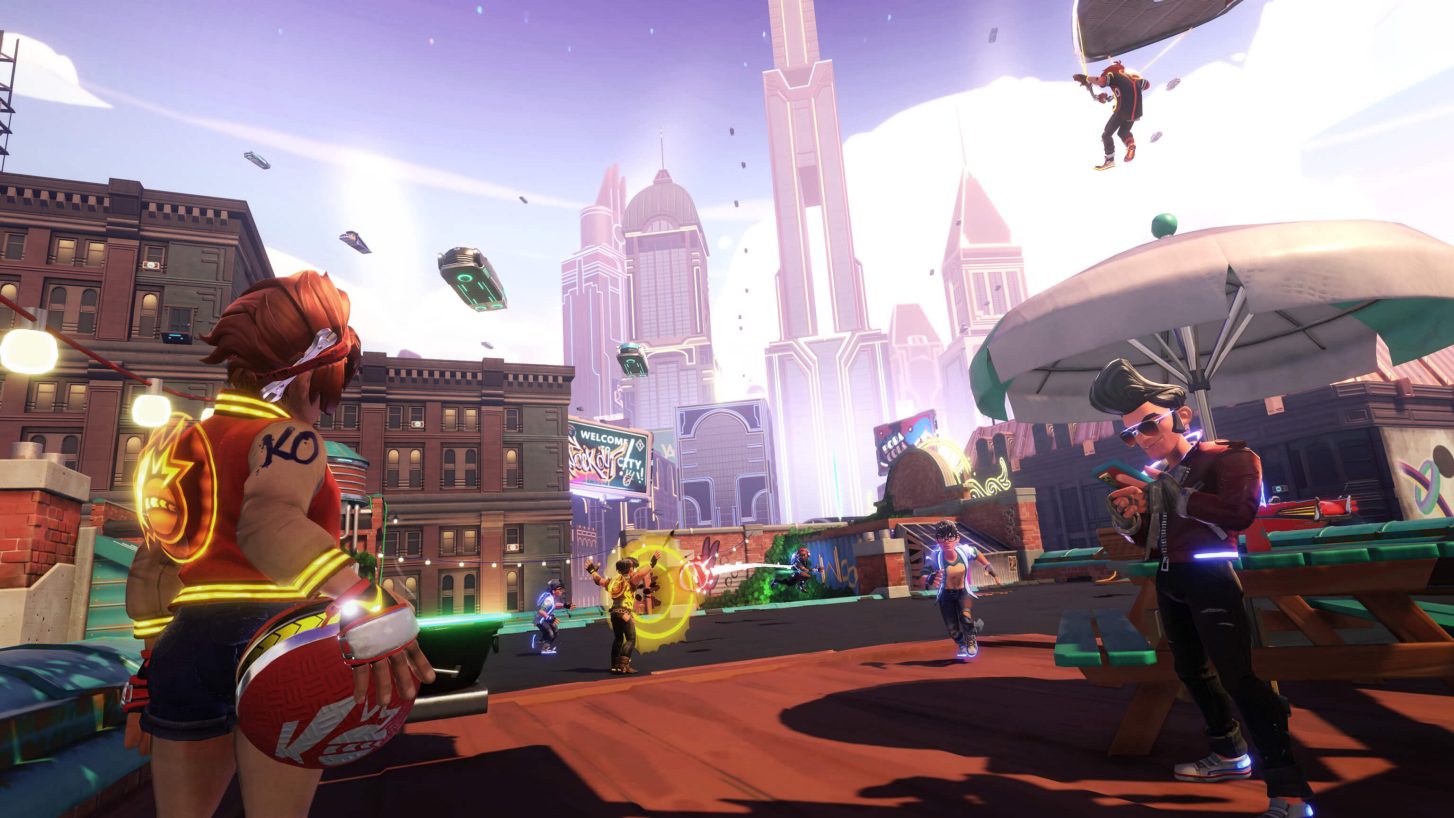
The soda ball also has a timer on it, which is different to the other balls. The bomb ball is an audio cue, but the soda ball you can see a small timer increasing as it fizzes up. Russo has the reason for this one. “The bomb ball is a risk the moment you pick it up, but the soda ball is a completely different thing, more like a grenade in away. You choose when to start shaking it up, which is when that timer starts to count. You can grab it and run across the level before you start the timer. And that explosion won’t harm you either. If you get hit with the ball you’ll take damage, but then you can pick it up and throw it back for a return throw, because that timer is still ticking down. You’ve started shaking it, you’ve dropped the mentos in there – it’s gonna explode. So the strategies are completely different.”
The new map: Holowood Drive-in
There’s also a new map, and the first thing I noticed about that was how there’s a large arena that’s very open compared to the previous maps. “There’s something intentional to that. A lot of our levels are meant to drive you to different points in the map”, Russo says, “but this one, it’s about making loops and coming back to the middle, because that’s where the stage is. So there is a bit more of an intensity to it, as you have people frequently converging on that spot.”
“Your strategy for entering that area changes completely based on which movie preview is being displayed. There’s the Siege of Balthazar, the one with the castle, and there’s only certain entry points there, and you can mask your approach because of the high walls. But that’s totally different than say The Pyramid movie, where it’s almost a little King of the Hill as you have someone standing at the top looking down at the entire arena. They’re entirely exposed but they have a great view of everything. Each time one of these movie previews comes up, the strategy of play inside it, and the strategy of how you want to approach is totally different.”
Bala agrees. “The whole mechanic around it (and each level in our game has its own mechanics), the Holowood Drive-in, the core idea is that we’re playing these three holographic movie previews, and the level geometry is changing on you every 60 seconds. So you’re changing up your tactics, and there’s a little bit of a tell when the next preview is about to start, but all of a sudden the world just collapses on you because the hologram goes away, and then a new one rises out of the ground. So you could be stood on the point where the elevation changes.”
Knockout City interview: the publisher / developer relationship
Something that has intrigued me is that, a while a go, we spoke to Josef Fares from Hazelight, about It Takes Two, and the reputation of EA came up, and he was massively positive about things. So as another studio in the EA Originals program, how has working with EA been for Velan Studios?
Bala is positive on the whole thing: “We’ve worked with big publishers in our lives, and the partnership with EA has been really great; it’s been delightful. Quite frankly, we spent the first 18 months prototyping Knockout City until we got the play-feel right, and we shopped it around to different publishers. We did a behind-closed-doors demo at E3 back in 2018, and we met with everybody, and we signed with EA. The thing that sounds small but was really impressive, was that every single executive and decision maker all played the game and really enjoyed it.”
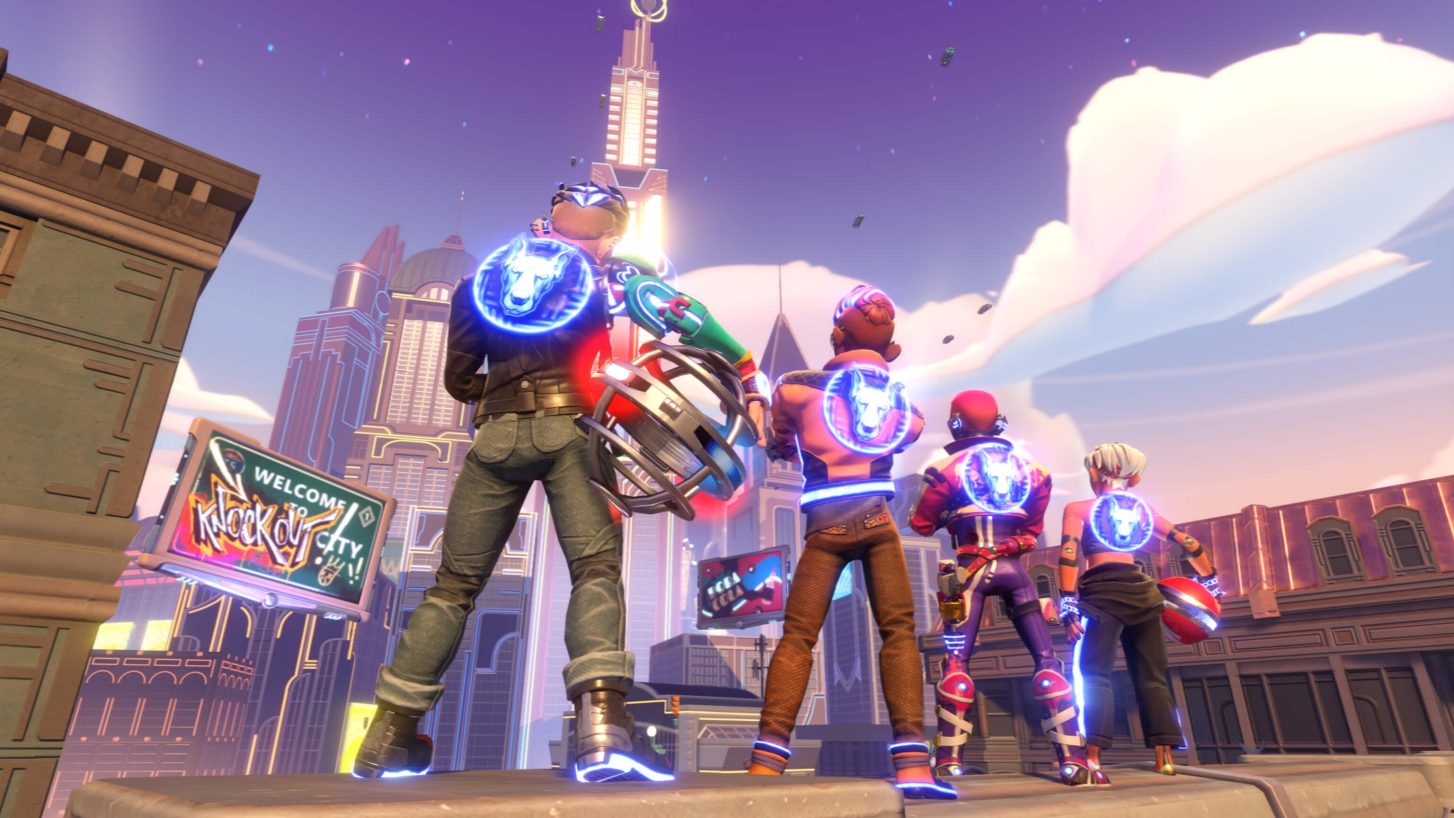
“I was just personally impressed that all the executives would go so hands-on, and want to green light a game because it just really fun and they enjoyed it. That’s what impressed me the most. From day one, the team had 100% creative control, and we got feedback when we asked for it, and it was just a lot of collaboration, which is the vision of the EA Originals program: it’s about the partnership; it’s about new kinds of experiences that can be brought to a large audience. I gotta tell you, EA’s been true to the word on that, every step of the way. It’s allowed Jeremy and the team to make the game they want to make and realise the vision”.
It all makes sense
People want games to feel good, ultimately, and Velan got to make a game that almost requires you to play it to know you like it. Bala finishes up our chat: “When you can make some good business decisions but through the lens of the gamer (that’s who we are making this for), and it centers back to the play-feel and doing something unique, then it does make sense.”
“To be honest with you, the industry has gotten so big, it doesn’t happen that way. Products don’t get greenlit that way, especially in triple-A, but we’re able to do that and it’s great to have gotten so many players in, and now it’s our job to keep it fresh and unique each season, and surprise players. The team is working really hard to work on features that the community’s requesting, and respond to improvements, but also surprise with new maps, new ball types, new playlists, and that sort of thing, so hopefully we keep that going.”


